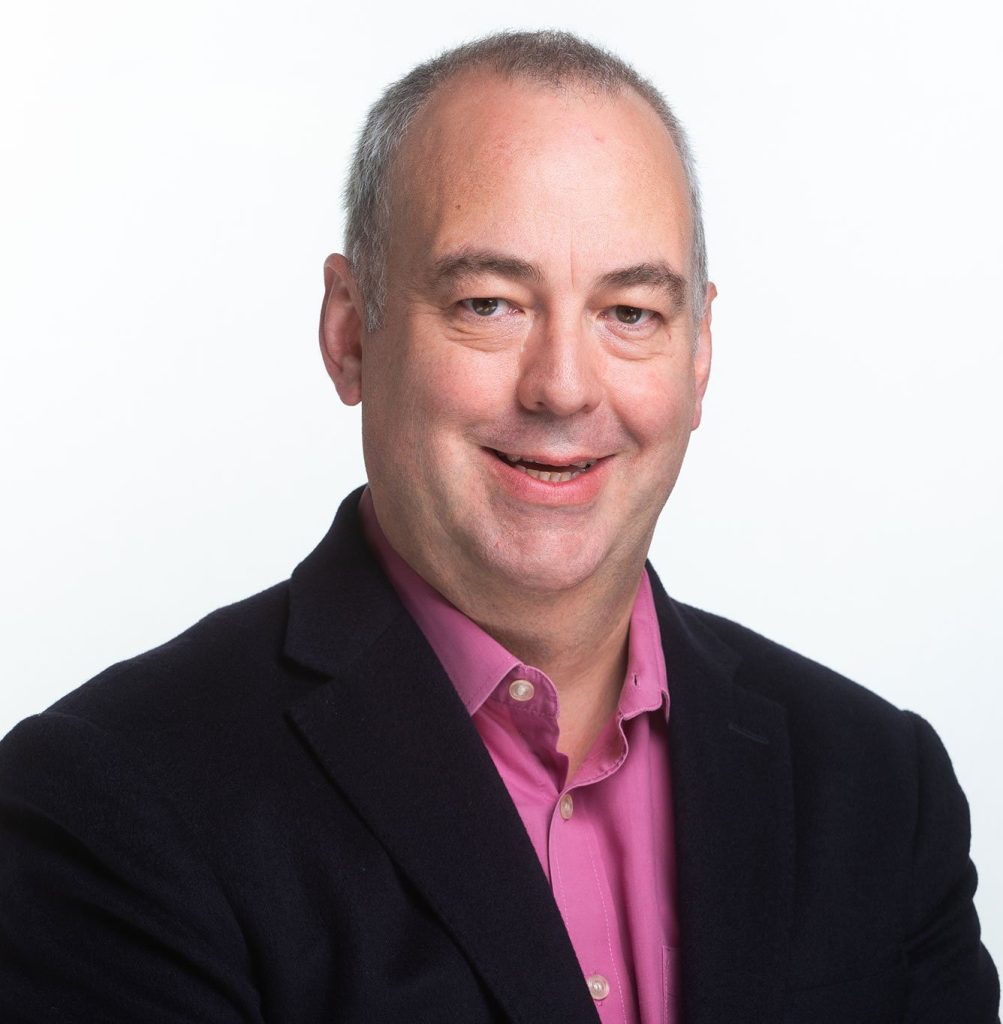We ‘deep dive’ with Rob Coupland, CEO at Pulsant, who tells us about life inside and outside the office.

What would you describe as your most memorable achievement in the data centre industry?
A particular highlight for me has been leading Pulsant through the pandemic. When we entered lockdown in early 2020, I was still ‘the new CEO’ learning about our clients and our people. There was no precedent to show the path forward and that was quite daunting.
The response from the Pulsant team as we adapted to the changing situation was fantastic and let us be agile in helping our clients, supportive in looking after each other and I think was a great leveller as we all dealt with the shared challenges of lockdown.
I’m proud that we are emerging from the lockdown without having furloughed anyone, with an even stronger sense of team spirit, energy and optimism.
What first made you think of a career in technology/data centres?
I left university in 1992 with a degree in Electrical Engineering and managed to secure a place on the graduate training scheme at Mercury Communications. It was a great time to learn about telecommunications because not only had the UK market deregulated and competition begun, but then the dot.com boom kicked in later in the decade before the crash a couple of years later. During the first 10 years of my career, I experienced all stages of the business cycle and it was a period of strong personal growth. It was also when I came across data centres for the first time (or Internet hotels as they were sometimes known).
What style of management philosophy do you employ with your current position?
I strongly believe that if you have team members who are inspired and motivated, then clients really feel that in the service, so taking care of your people is central to business success. I also believe that great results come when teams work together. It’s a bit of a cliché perhaps to say the whole is greater than the sum of the parts, but in my experience the best results come when there is collaboration based on mutual trust and respect between teams.
What do you think is the current hot talking point within the data centre space?
Edge Computing is a hot topic right now because of its potential to significantly disrupt the industry and turn the traditional centralised infrastructure model on its head.
Demand for hybrid and multi-cloud strategies is rising and the rapid growth in 5G, IoT and connected devices is significantly increasing data volumes. Organisations need faster access to data and seamless, high-speed connectivity, regardless of location, making latency and the flow of data increasingly critical. All these factors combined mean it’s highly likely we’ll see mass adoption of Edge networking in the future.
How do you deal with stress and unwind outside the office?
I’ve learned over the years to try and leave the stress at the office. Time to step back is important and often the way forward emerges when you are focused on something else. I took up cycling around five years ago and find it’s a great way to get some exercise, get out in the fresh air and disconnect for a while. My mind does often wander while I’m riding and it does also tend to be the time when ideas come to me.
What do you currently identify as the major areas of investment in your industry?
As interest in Edge Computing grows, we’re going to see three key investment areas: data centres, networks and cloud connectivity. We will see more regional Edge data centres introduced across the UK, the development of high-capacity, low latency and agile networks and greater investment in secure, fast and flexible connectivity to the cloud.
Development of a nationwide Edge Computing platform will be fundamental to delivering critical connections to digital ecosystems, including distributed multi-cloud models, via strategically located regional data centres. For regional businesses and service providers this would be a game-changer, enabling them to take advantage of Edge through one unified network with reach across the UK.
At Pulsant, we’re already building a UK-wide Edge Computing platform; a grid-like architecture that will deliver data across data centre locations that are close to Edge devices. Our regional data centres will play a key role in bridging the gap between centralised platforms and Micro-Edge, delivering services to the Edge for UK businesses.
What are the region-specific challenges you encounter in your role?
Our own research shows there is a clear regional divide emerging across the country as organisations strive for digital agility. The south-east has better access to infrastructure, leadership and skills and, as a result, businesses in this region feel at an advantage compared to those across the rest of the UK.
One of the biggest problems for regional businesses is that they are hindered by being located away from major technology hubs, such as London, which leaves them at a latency disadvantage as network traffic has to travel further. Providers in our space have typically over-served areas such as London and the home counties, but the introduction of 5G and increasing distribution of the cloud network is bringing data and the processing back to the network’s Edge.
This challenge is also our biggest opportunity at Pulsant, aligning perfectly with our regional business approach and national infrastructure network.
What changes to your job role have you seen in the last year and how do you see these developing in the coming months?
The pandemic has forced huge changes in the way we work over the last 18 months, but I also think it has brought home what is really important. For me personally, I have learned a lot about communication and, in particular, the importance of keeping everyone up-to-date and being straightforward. Being honest and candid even when the situation isn’t clear has helped build trust and stronger relationships. In the months ahead, I am really looking forward to spending more time with the Pulsant team as we move towards a more hybrid working model.
Click below to share this article


